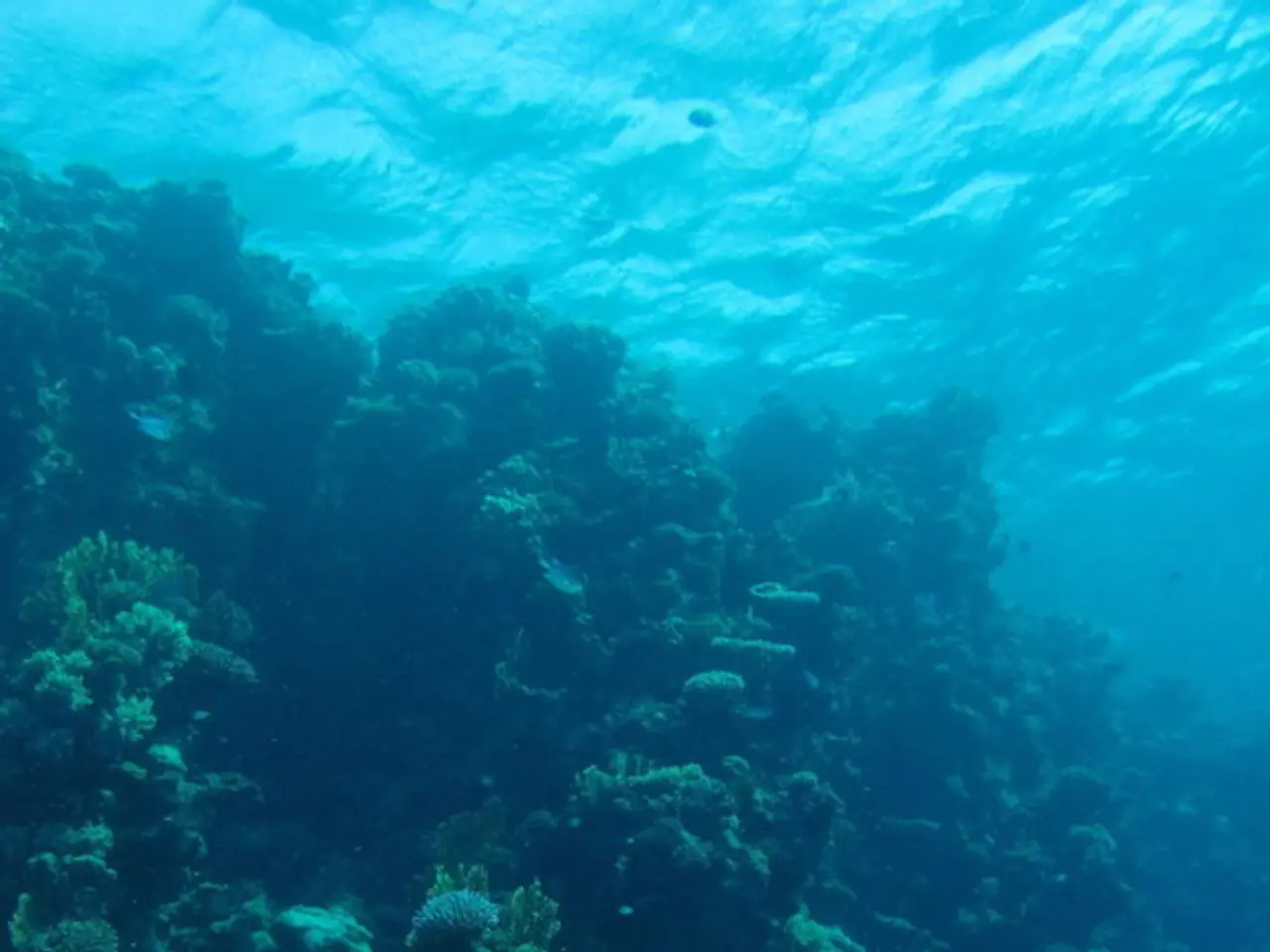Methane emissions from Saturn's moon Enceladus: Potential indicators of biological activity?
In a groundbreaking study published in the journal Nature Astronomy, researchers led by David Greco and Francesco Osborne propose a new hypothesis for the mysterious methane plumes observed on Saturn's moon, Enceladus. The study, titled "Bayesian analysis of Enceladus's plume data to assess methanogenesis," suggests that an unknown methane-producing process, potentially biological, is likely at work in the ocean beneath Enceladus.
The researchers applied new mathematical models that combine geochemistry and microbial ecology to analyze Cassini plume data and model the possible processes that would best explain the observations. They developed a model for the population dynamics of a hypothetical hydrogenotrophic methanogen, a type of microorganism that can produce methane from dihydrogen.
The study's findings are significant because the amount of methane found in the plumes was particularly unexpected. The results suggest that even the highest possible estimate of abiotic methane production is far from sufficient to explain the methane concentration measured in the plumes. This implies that some other, as-yet-unknown process may be at work.
The authors believe that adding biological methanogenesis to the mix could produce enough methane to match Cassini's observations. They suggest that the chemical breakdown of primordial organic matter in Enceladus' core could be a possible source of methane.
The team looked at Enceladus' plume composition as the end result of several chemical and physical processes taking place in the moon's interior. The authors ran the model to see whether a given set of chemical conditions would provide a suitable environment for these microbes to grow.
The authors stress that more data from future missions is needed to reject the 'life hypothesis'. They hope their paper will guide future research to better understand Cassini's observations and potentially uncover the secrets of Enceladus' interior.
The paper's methodology is not limited to specific systems and could be applied to chemical data from planets outside the solar system. The full list of authors and funding information can be found in the paper, which is published in the July 7 issue of Nature Astronomy.
Giant water plumes erupting from Enceladus have been detected by the Cassini spacecraft, which found a relatively high concentration of dihydrogen, methane, and carbon dioxide. The study provides a new mathematical model for the population dynamics of a hypothetical hydrogenotrophic methanogen, which could help us better understand these intriguing findings.
Read also:
- Peptide YY (PYY): Exploring its Role in Appetite Suppression, Intestinal Health, and Cognitive Links
- Toddler Health: Rotavirus Signs, Origins, and Potential Complications
- Digestive issues and heart discomfort: Root causes and associated health conditions
- House Infernos: Deadly Hazards Surpassing the Flames








